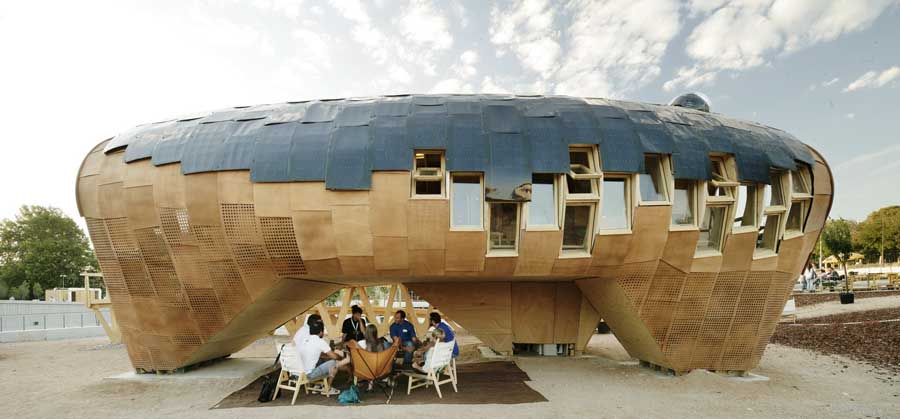-
According the Imagine 2050 report, companies across three key industries are standing in a mine of wasted materials and energy worth $5 billion, and that is only in the UK. The report was developed by Veolia, a resource optimisation consultancy that operates across the globe.
According to the report, Food & Beverage, Manufacturing and Chemical are the three industries that have an enormous potential to reduce their waste and in the process generate new revenue streams. To achieve this companies must adopt measures to avoid, re-use, recycle and re-manufacture their waste joining the concept of circular economy.
Enter the Tech
3D printing plays a key role in this vision of the future, along with the rise of robotics and improvement in material technology. The combination of these technologies allows a much higher degree of flexibility in manufacturing, while also reducing waste.
‘The same factory might be able to produce an automobile, followed by a washing machine, followed by a dishwasher, followed by an industrial crane. That all comes from the concept of 3D printing,’ says Veolia contributor Richard Worzel, Senior Futurist of Futuresearch, and leading trend analyst.
Material World
Current research in material technology means that materials are getting increasingly lightweight and more recyclable. New materials will allow structures to be produced using less material and energy. “Graphene and nanotubes are several times stronger than steel and will be fairly cheap by 2050. They’ll help us make structures much more elegant, and use far less material” wrote Ian Pearson from Futurizon also contributing to the Imagine 2050 report.
Advances in material science are of particular importance for additive manufacturing since it expands the production capabilities. For instance, as reported previously by 3DPI, permanent magnets made with additive manufacturing technology now outperform traditional ones. This allows designers and engineers to reconsider the possibility of using 3D printing to create electric motors while avoiding waste of valuable minerals such as neodymium.
Manufacturing Everywhere
Another distinct advantage of flexible manufacturing is the possibility of bringing localized production to urban spaces. As reported by Veolia, 70% of the population will be living in cities by 2050. The growing trend of Makerspaces and Fab Labs are seeking to cover this ground by democratizing manufacturing capabilities.

A combination between the growing population and advances in technology are shaping the world, forcing us to reconsider our current production model. By leveraging the current technological trends, embracing economical changes like Circular Economy, and ideological ideals such as the Maker movement, we stand a chance at creating a thriving global society.
Source: 3D Printing Industry
-
-
-

